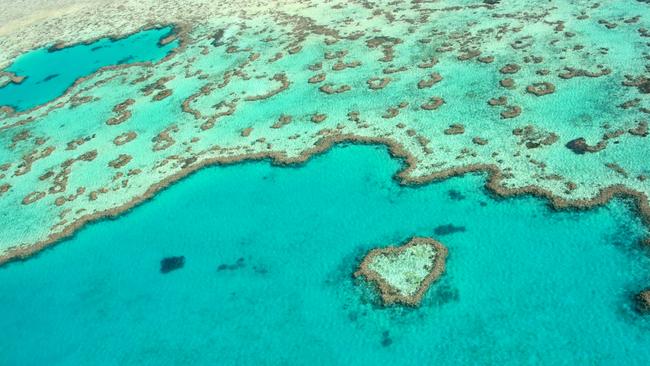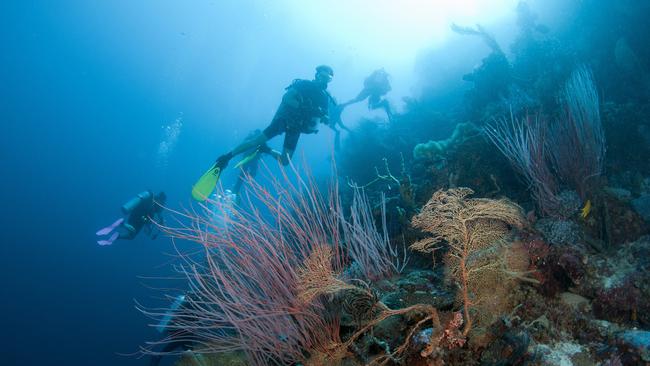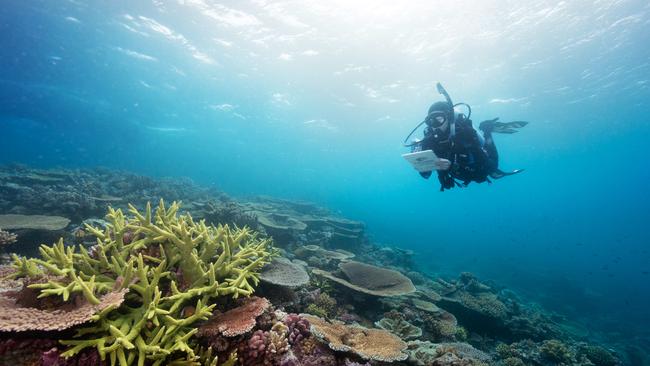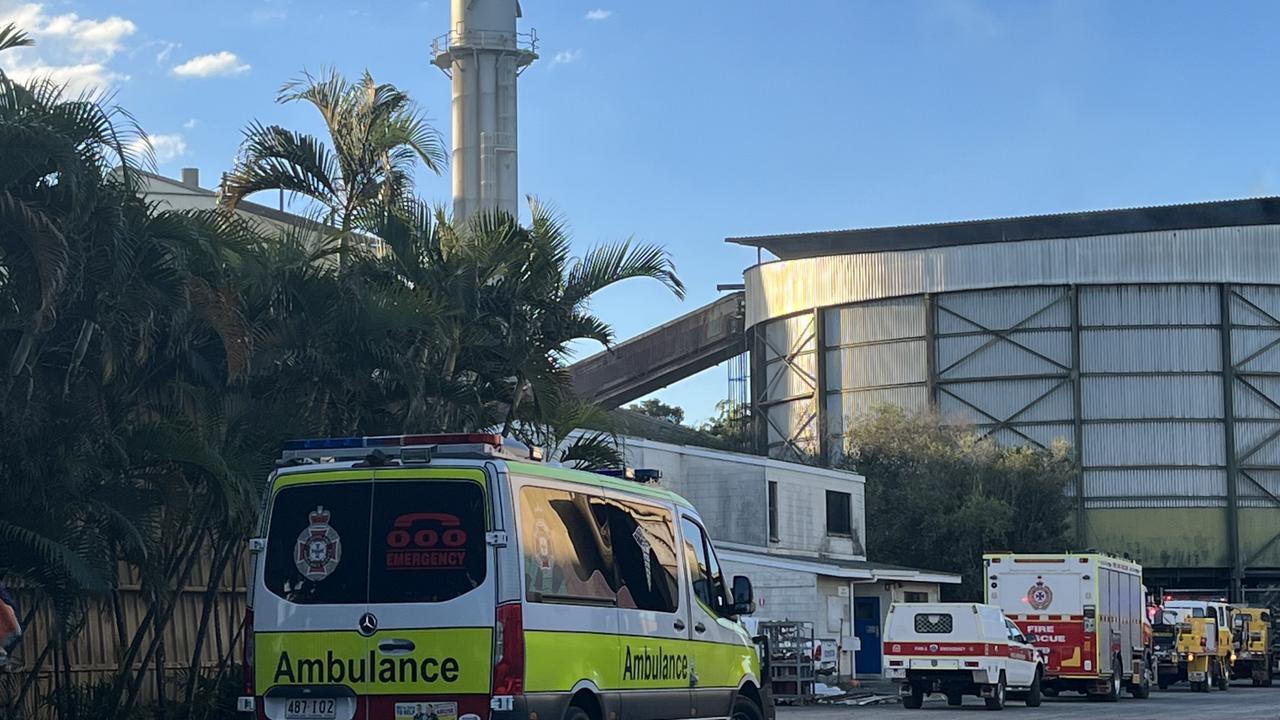What’s next for our reef as 2020 named second-hottest year
Professor explains how the reef is around the Whitsundays and lists ways residents can act to protect the natural wonder

Whitsunday
Don't miss out on the headlines from Whitsunday. Followed categories will be added to My News.
Coming off the back of the world's second hottest year on record, a professor with 25 years' experience working in coastal ecosystems says "outside the box" thinking will be needed going forward to help protect the reef.
Dr Scott Heron is an associate professor in physics at James Cook University and an associate of the Australian Research Council Centre of Excellence for coral reef studies.
He has 25 years of experience, and counting, working in coastal ecosystems.
Dr Heron provided a reef update after the National Oceanic and Atmospheric Administration named 2020 the planet's second-hottest year on record.
NOAA also reports the world's seven-warmest years have all occurred since 2014, with 10 of the warmest years occurring since 2005.
Dr Heron said as at the end of January in the Whitsundays, there had been limited heat build up, with no heat build up in inshore areas and low temperatures in the offshore regions.
More stories:
Council refuses to cover $20M for Whitsunday Paradise works
Cannonvale teen assaults woman at NYE party turned sour
How to activate your free Courier Mail subscription
"Around the Whitsundays we are seeing some accumulation of heat stress but it is not much and that is really good news," Dr Heron said.
"We are really pleased about that."
Dr Heron said during the hot 2020 there was widespread heat stress on the reef along the coast and bleaching occurred broadly, but at a low level.
Across 2016 and 2017 bleaching also occurred in some areas, with the Far North particularly affected in 2016 and the central reef mostly affected in 2017.
"The reef does not come out of that unscathed," Dr Heron said.
"Even if coral are able to recover and survive through the event.
"They have reduced capacities for growth, reduced reproductive capacity.
"But I will take bleached and did not die any day of the week."

For those taking a look under water, Dr Heron said the current state of the reef varied depending on the area.
"Across the reef broadly there are some locations that are looking fabulous and there are some areas that are not recovered from 2016-17 let alone 2020," he said.
"Some people might be able to go out to a particular part of the reef and say it is fabulous.
"They might go even 10km away from that and see a very different story."
Looking into 2021, Dr Heron said the past seven years had been warmer than usual, which meant the reef was closer to a point where bleaching could occur.
However, the La Nina system in place in 2021 meant conditions were less stable and there was a higher chance of monsoons and cyclones, which would be good news in terms of mitigating heat build up.

"Seasonable model predictions point to high levels of heat stress," Dr Heron said.
"The La Nina conditions bring an uncertainty.
"Those models are not able to include things like a cyclone forming and coming into the Great Barrier Reef Marine Park."
Dr Heron listed numerous actions that could be taken to help protect the reef going forward.
The biggest issue was governments working to reduce fossil fuel emissions, but Dr Heron said residents could also act on a local level.
This includes choosing to use cars less, shopping for local goods, eating less red meat and preventing plastic from entering the ocean by taking rubbish home.
More stories:
Council has 'lost patience' over Carmichael Mine development
Three kids 'extensively damage' old Proserpine classrooms
'We stuffed up': Raft of changes made to cemeteries policy
Dr Heron said supporting the Great Barrier Marine Park Authority was another factor, including reporting crown of thorns starfish or other issues impacting the reef.
"If we run into a year where there is a high risk of a coral bleaching event because of heat build-up then we also need to support our managers to make decisions to help the reef get through those times," Dr Heron said.
As an example, Dr Heron said if there was an area of the Whitsundays affected, a short-term no-go zone might be implemented.
"In Australia we are good at recognising how we can act communally, we have shown that through COVID and tropical cyclones," he said.
"You look out for your neighbours and doing that is one more aspect of looking out for each other.
"As we see more and more climate change disturbances, which will come, that is not a maybe, we need to be thinking outside the box."
Dr Heron said the impact on the reef was one kind of climate disturbance and was occurring alongside heatwaves, bushfires and intense rainfall.
"They should spur us on to do everything we can to minimise those climate impacts in the decades ahead," he said.


